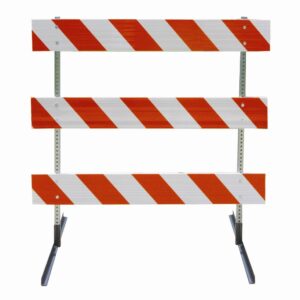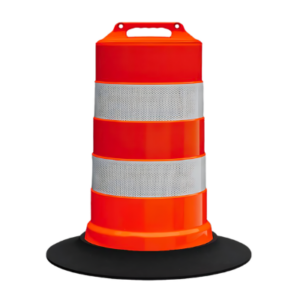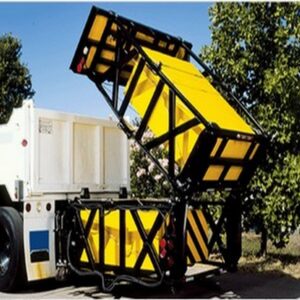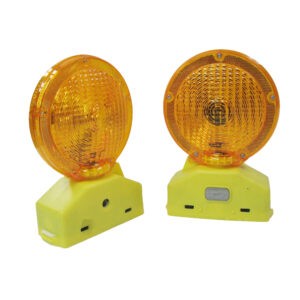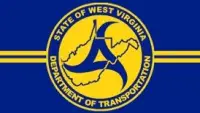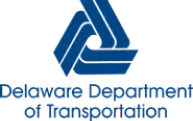Type I Barricade Rental
NatCap’s type 1 barricades are comprised of two horizontal rectangular rails with striped engineer grade reflective sheeting on the top panel only. This product utilizes the classic A frame barricade style and is built for heavy-duty durability. This model comes in a panel length of 8″”x 24″” as shown here. These NatCap barricades comply with NCHRP350 for channelizing devices.
How to rent Type 1 Barricades?
Request a quote on our website or call the team in your area to place your order, use the equipment for your specific needs, and then return the equipment to one of our four locations. Your team can pick up and deliver the rental equipment to any of our locations. NatCap can also arrange delivery and pick-up equipment for a fee. Talk to our team when you get your quote to set this up.
Our construction equipment rental prices are by the day. Generally, the longer the time frames the cheaper the daily cost will be. We have three different billing options based on the time and item. You can rent daily, weekly, or monthly. Keep it as long as you need for your construction site and our team will let you know if your rental cost exceeds the purchase cost. Additionally, if you are bidding on a project, special pricing outside of the day-week-month structure can be negotiated. Lastly, “Lump Sum” rentals are available for these road barricades upon negotiating with the sales rep as well.

For barricades only, the price is:
- 1-49 units for $0.50 per day
- or 50+ units for a discount
For barricades with type “B” lights the cost is the following:
- 1-49 units for $0.60 per day
- or 50+ units for a discount
When to use Type I Barricades?
Our type 1 barricades are often rented by plumbers & electricians who need to complete off-site jobs. These barricades can also be used to guide the flow of traffic for crowd control or traffic barricades to keep foot traffic away from danger around construction zones. Type 2 barricades can also be used as traffic barriers in parking lots, and school zones, or to divert traffic from any other dangerous areas. Our rental traffic control devices are ideal for temporary traffic control and are more effective than traffic cones for safety barriers.

Features of NatCap's Type I Barricades
This product acts as a direction indicator barricade because of the intentionally angled white stripes on the reflective rail of the barricade panels that indicate the direction car or pedestrian traffic is supposed to go for safe passage. This reflective surface is an important feature to not only road users but also inspectors. They are not regulated by the Department of Transportation, giving contractors flexibility in choice. You can add light brackets or signs on the barricade rails to indicate appropriate markings such as sidewalk closure, road closing, or construction project warnings. Our type I barricade legs are manufactured with steel legs instead of plastic panel legs and have reflective panels for high visibility.

Renting Locations
We rent type 1 barricades in the following locations:
FAQs
Can I Rent Equipment for multiple projects or locations at one time?

Yes, you can rent equipment for various projects and sites. There is no restriction on the extent or number of rentals – simply place your order and the equipment will be available for your use. Moreover, for added convenience, the rented equipment can be returned to any one of our locations, excluding Delaware, offering you greater flexibility in managing your equipment rentals. These products can be delivered to Delaware upon request but must be returned to one of the other three locations.
How does the billing process work for rentals?

We will bill on a 4-week monthly basis (28 days including weekends and holidays), therefore if you have the equipment for less than 27 days, you will be billed at the end of that month and if you have the equipment for a month or longer, then you will be billed at the end of each month that you have rental equipment. You do not need to specify how long you will rent the equipment upfront. Keep it as long as you need for your projects, our team will let you know if your rental cost exceeds the purchase cost. Any damage will be invoiced to the customer at fair market cost upon return of the rental asset.
What does OSHA say about barricades?

Barricades must be set up around all construction areas, including every excavation, hole, and opening in floors or roofs, as well as around elevated platforms. They are also essential for specific overhead tasks, or in any situation where there is a need to caution individuals about the risk of falling. OSHA requires that barricades include:
- Visibility
- Support
- Used with safety signs
- Distance from hazard (6 feet)
Who is responsible for the installation of barricades?

In a construction zone, the responsibility for installing barricades typically falls to the site’s general contractor or construction manager. They usually ensure that the site adheres to safety regulations and guidelines, which include setting up necessary barricades. However, this responsibility can sometimes be delegated to a specific subcontractor or safety officer, depending on the size and complexity of the project.
How far should a barricade be from excavation?

The barricade should be at least 6 feet away.
What is the difference between Type 1 and Type 2 barricades?

Single-panel barriers, known as “Type 1,” are more appropriate for cordoning off pedestrian pathways, whereas dual-panel barriers, referred to as “Type 2,” are the preferred option for obstructing vehicular roads.


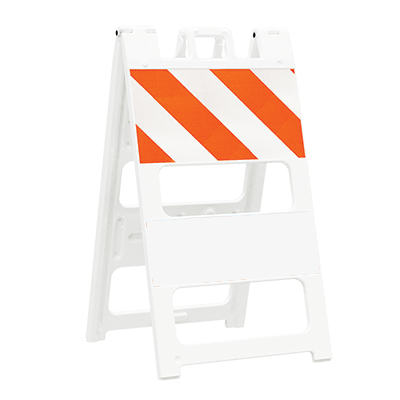

 Washington DC
Washington DC 


